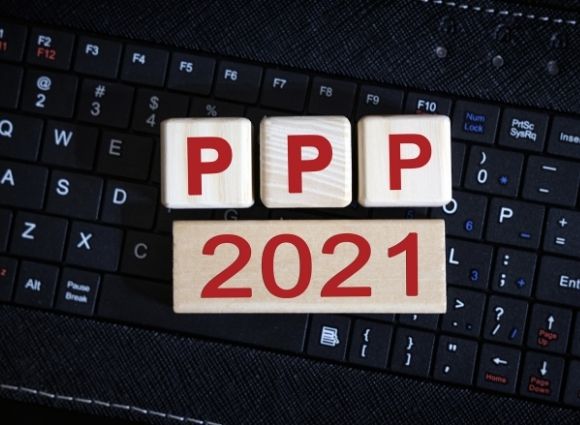
PPP Loans: What’s Next?
The $349 billion in funding available in the initial Paycheck Protection Program was exhausted after just 14 days. So what’s next?
If you submitted your application but haven’t received approval or have yet to submit, we advise you to:
- Continue gathering the information you’ll need to complete the application and be ready to submit it should the SBA funding be replenished
- Start assessing other options such as the employee retention payroll tax credits and payroll tax deferral. Note: you should not act on the payroll tax credits until you are certain you won’t receive PPP funding
If you received approval for a loan, here are some things to keep in mind as you start preparing to receive and use the funds:
- Tracking the movement and use of these funds is essential if you want the loan proceeds to be forgiven.
- Remember that this is the Paycheck Protection Program – 75% of the loan proceeds must be spent on payroll costs (including wages, paid leave, medical benefits, retirement benefits and state and local payroll taxes imposed on the employer). Note that the funds cannot be used for federal payroll taxes, paid leave covered by the FFCRA, compensation for any one employee (or owner) over $100,000 and compensation for any employee whose principal residence is outside the U.S.
- The remaining 25% may be spent on mortgage interest, rent, and utility payments.
- When depositing the funds, your best bet is to deposit into the account your payroll expenses are withdrawn from or other account where they can be properly segregated. If needed, transfers can be made between accounts but be sure to track them.
And finally, the best advice we can give you is to manage these funds to the needs of your business, not to the forgiveness parameters of the loan. Track every penny spent to maximize forgiveness, but if you cannot realistically utilize these funds in the 8-week time period for the designated expenses, the interest and repayment terms are very favorable.
If you need help weighing your options and calculating potential outstanding loan balances, don’t hesitate to reach out to us. We are here for you!
This content was created during a snapshot in time and should be relied upon as such. Legislation and guidance continue to change as we progress through the current fluid environment and the information may not be applicable at a later date. All content and materials are for general information purposes only. If you have questions regarding your specific situation, please contact us.



